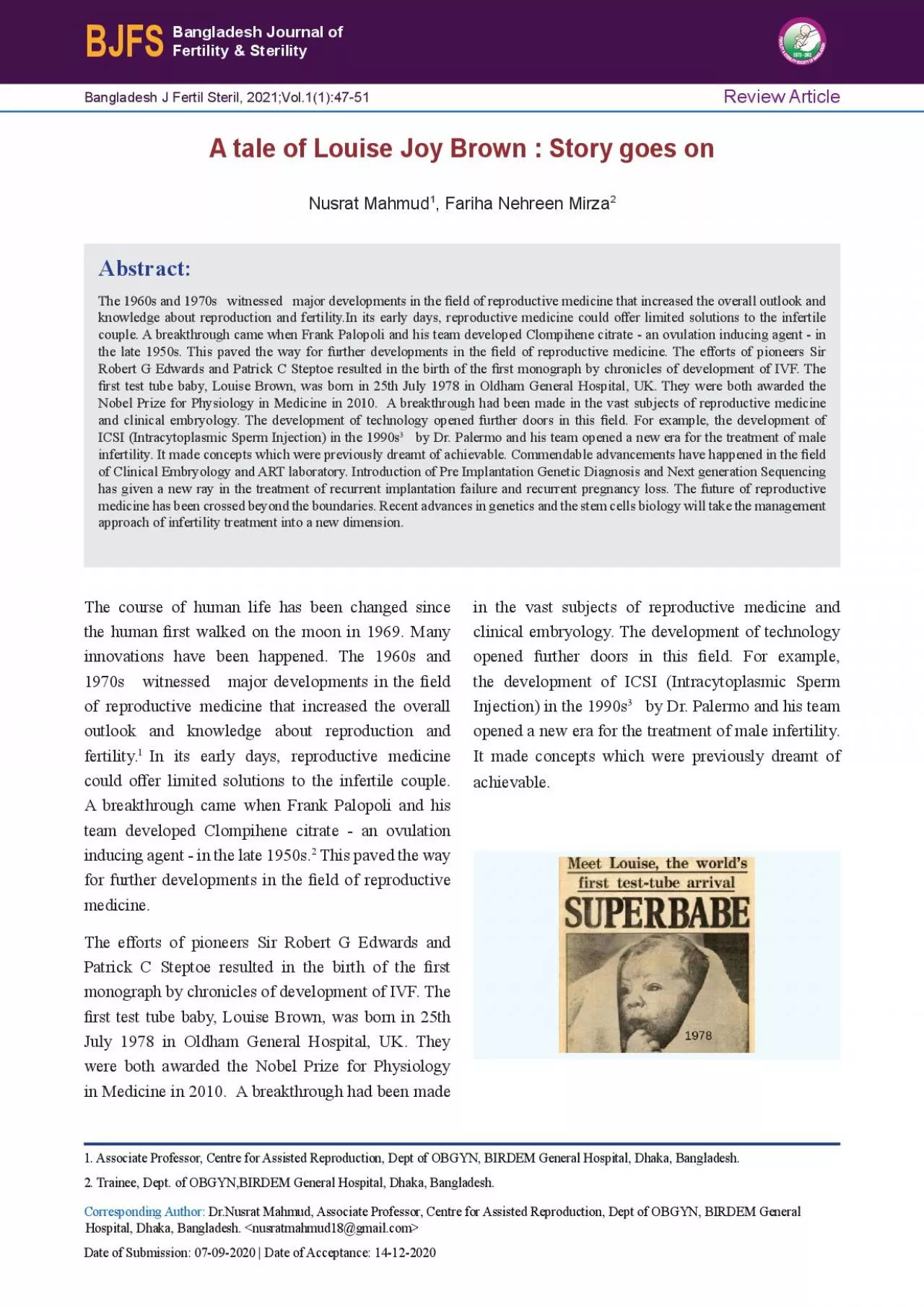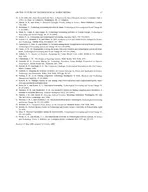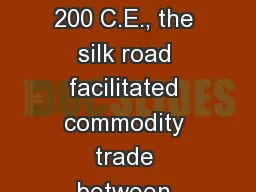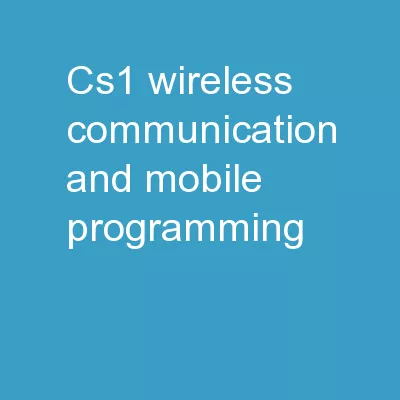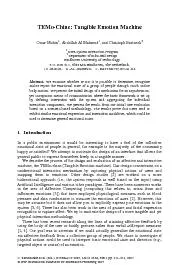PDF-Nusrat Mahmud
Author : gagnon | Published Date : 2022-08-19
1 Fariha Nehreen Mirza 2 A tale of Louise Joy Brown Story goes on 1 Associate Professor Centre for Assisted Reproduction Dept of OBGYN BIRDEM General Hospital
Presentation Embed Code
Download Presentation
Download Presentation The PPT/PDF document "Nusrat Mahmud" is the property of its rightful owner. Permission is granted to download and print the materials on this website for personal, non-commercial use only, and to display it on your personal computer provided you do not modify the materials and that you retain all copyright notices contained in the materials. By downloading content from our website, you accept the terms of this agreement.
Nusrat Mahmud: Transcript
Download Rules Of Document
"Nusrat Mahmud"The content belongs to its owner. You may download and print it for personal use, without modification, and keep all copyright notices. By downloading, you agree to these terms.
Related Documents

